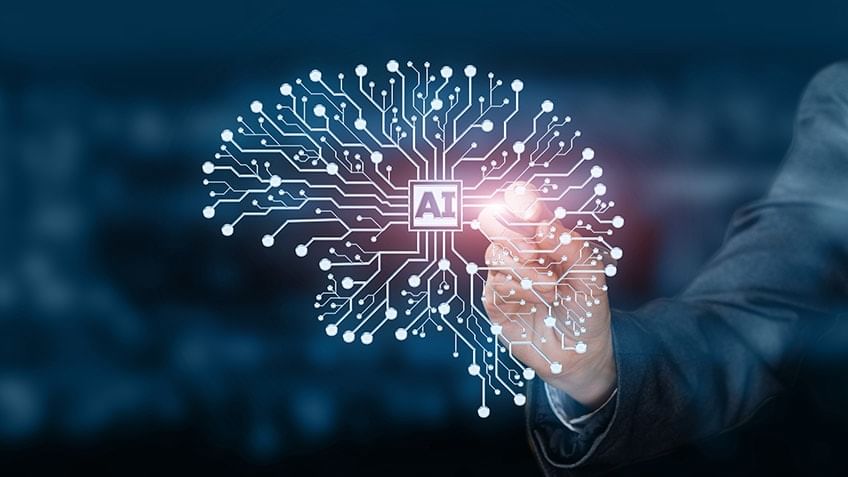Ai Basics

Learning goals:
By the end of this lesson, students will be able to:
– Define artificial intelligence (AI) and its key concepts.
– Identify real-world applications of AI.
– Understand the ethical implications of AI.
Resources: https://www.youtube.com/watch?v=J4RqCSD–Dg&pp=ygUKYWkgYmFzaWNzIA%3D%3D
Learning activities:
Activity 1: What is AI?
Definition and Explanation:
Provide a simple definition of AI: “Artificial Intelligence (AI) is a field of computer science that focuses on creating machines and software capable of intelligent behavior.”
Discuss key concepts such as machine learning, neural networks, and data analysis.
Examples:
Show video clips or images of AI applications in real life, such as self-driving cars, virtual assistants (like Siri or Alexa), and chatbots.
Encourage students to ask questions and share their thoughts on these examples.
Activity 2: Real-world Applications
Group Discussion:
Divide the class into small groups and assign each group a different AI application (e.g., healthcare, finance, gaming).
Have each group discuss and brainstorm how AI is used in that field and its benefits.
Group Presentations:
Each group presents their findings to the class.
Encourage discussion and questions after each presentation.
Activity 3: Ethical Considerations
Class Discussion:
Facilitate a discussion on the ethical implications of AI, such as privacy concerns, job displacement, and bias in algorithms.
Encourage students to share their opinions and ask questions.
Ethical Dilemma Scenarios :
Provide a few scenarios related to AI ethics and ask students to discuss what they think the right course of action should be in each situation.
Activity 4: Future of AI
Discuss the potential future developments and impact of AI on society, careers, and daily life.
